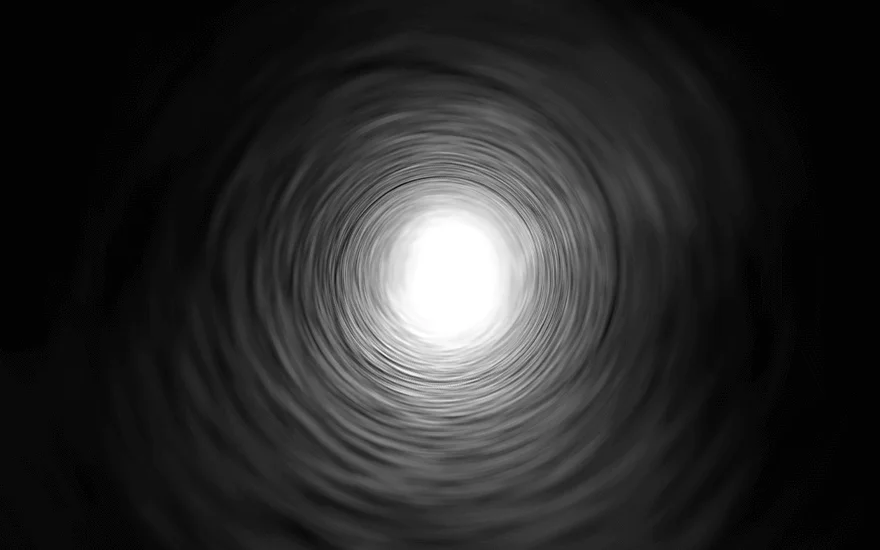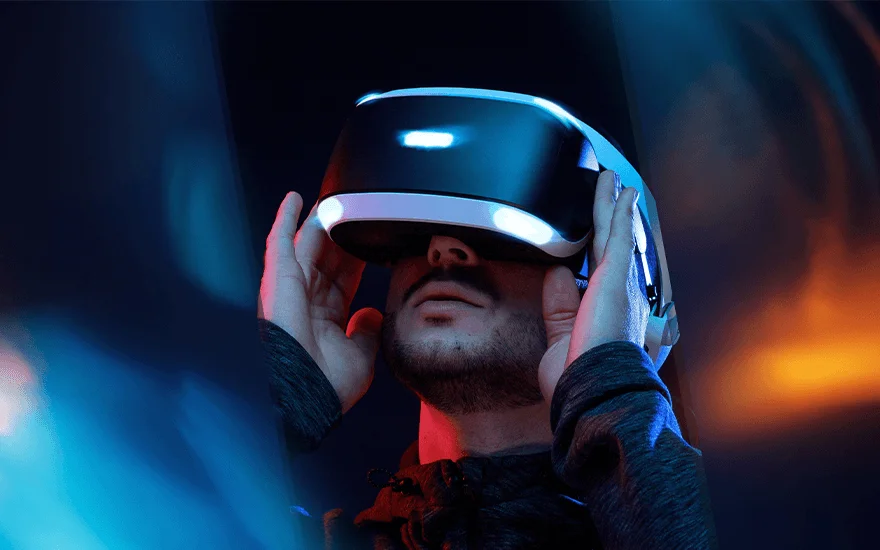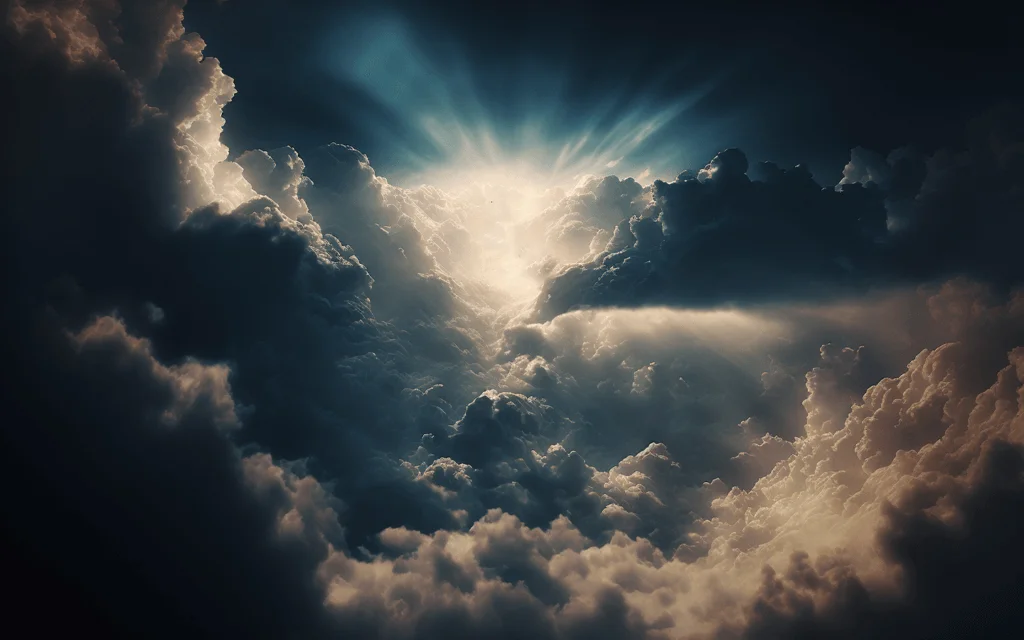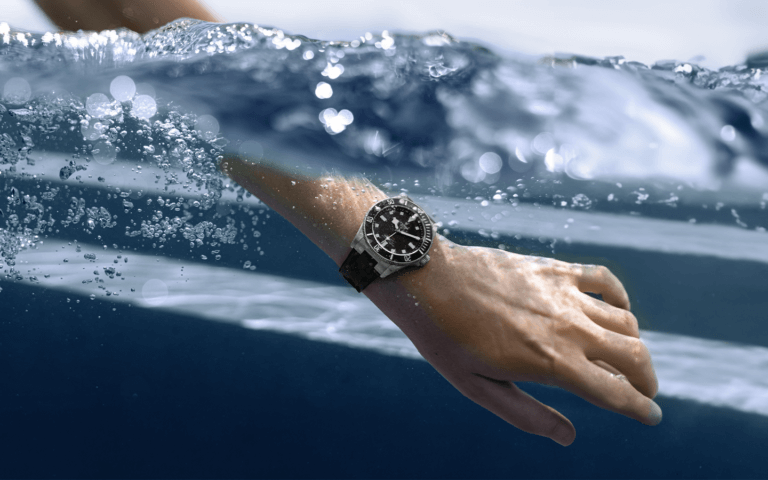It’s a burning question! We all have it….
And it’s not one that’s likely ever going to be fulfilled with an evidence-based answer.
What happens when we die?
Death, like so many things in life, remains shrouded in mystery. While scientists, religious figures, and mere mortals in society can debate their theories until the cows return home, we will likely never know the reality.
An eternal blackness, reincarnation and a video-game-like simulation are popular hypotheses. And of course, it’s vital to remember the countless tales of people supposedly passing over into the afterlife temporarily.
For thousands of years, certain people have claimed to have visited the place that Saint Paul promised, “no eye has seen … and no human mind has conceived,” and their stories very often follow the same narrative arc.
Bright lights, gates, doors, tunnels, the faces of loved ones, angels – all of which are accompanied by a sense of being outside the unconscious body and mind.
It all sounds very Hollywood. All that is missing is the emotionally charged score before the protagonist chooses to step forward into the great beyond or return to their body with a renewed sense of purpose and perspective.
Hang on…isn’t that the storyline of Pixar’s 2020 animated movie Soul?
Regardless, the topic of death and the afterlife that ensues is fascinating, and it’s one that artist Shaun Gladwell has attempted to answer in virtual reality.
In the VR experience “Passing Electrical Storms”, people experience a virtual simulation of their own dying process – from cardiac arrest to brain death and beyond.
Say again?
What sounds like a concept ripped straight from the script of a sci-fi blockbuster has gained significant noise since its opening earlier this year, but will it help us to move closer to solving the mystery of the afterlife, or is this simply an anxiety-inducing experiment with limited substance?
What happens during the experience?
The simulation – open to the public till August at the National Gallery of Victoria in Melbourne, Australia – allows visitors to lie down on a hospital-style bed that vibrates to the beat of their pulses while wearing VR headsets.
Goggles allow you to see a holographic image of your body, captured by a camera above you as you float into the afterlife. Attendees are hooked up to heart rate monitors and instructed to raise their hands if they are too stressed by the experience and wish to quit.
Next to the beds, there are large computers that resemble hospital monitors.
“At once meditative and unsettling, this interactive work guides participants through a simulated de-escalation of life, from cardiac arrest to brain death,” reads the exhibit’s outline on the gallery site.
Gladwell described the experience as “moving away from yourself and then floating off into the giant universe”.
“Simulating death as an experience in its last few minutes is a meditation on the ephemerality of individual life. For me, it’s not all gloomy but a spectrum of colors and moods.”
He said his latest work had been inspired by philosophers such as Jean Baudrillard, Michel Foucault and David Chalmers.
However, he also admitted that his work has changed because of his 11-year-old son, Zeno.
“My work has shifted seismically because of him,” Gladwell said. “I think about death in a different sense; it’s personal now because I see life as being so dear.”
TikToker Marcus Crook shared his experience online with his followers, describing the experience as “really cool”, with the VR element allowing you to “step outside yourself from a different perspective.
@croom12Its Actually pretty hectic. Doctors trying to revive you, vibrating bed and floating into space.♬ original sound – Marcus Crook
In the VR experience, he said, his virtual body goes into cardiac arrest, the bed vibrates, and doctors try to revive him. “It doesn’t work, then you float up past some, into space, and yeah, it keeps going, but I won’t spoil it all,” Crook described.
“When they put the heart rate monitor on your finger and tell you to raise your hand if you want to quit, it does give you a slight sense of anxiety about what’s to come,” Crook says.
“It was an uncomfortable feeling to witness the first flatline, the resuscitation by the doctors and nurses, and the bed vibrations added to the experience.”
Crook’s own journey into a VR-induced version of the afterlife has left him with a great sense of curiosity around the subject but did stress a general sense of overwhelm, raising an argument for anxious individuals to give the experience a swerve.
What does science say?
Over the years, science has posited several theories about the connection between visions of heaven and the chemical and physical processes that occur at death.
Andrew Newberg, a neuroscientist and professor at Thomas Jefferson University and Hospital, puts forward the following scenario, which he emphasizes is guesswork: When people die, two parts of the brain that usually work in opposition to each other act cooperatively.
The sympathetic and parasympathetic systems work in harmony in the brains of people having mystical experiences, and perhaps in death, both systems are fully “on,” giving a person a sensation both of slowing down, being “out of body,” and seeing things vividly, including memories of important people and past events.
It is possible, Newberg asserts – though not at all certain – that visions of heaven are merely chemical and neurological events that occur during death.

Dr. Sean Carroll, who is a cosmologist and physics professor at the California Institute of Technology, stated that “the laws of physics underlying everyday life are completely understood,” and everything that happens to us must therefore be within the boundaries as set by our physical selves alone.
For an afterlife to exist, he holds, human consciousness must be entirely separated from our physical body, which decays and dies.
And Carroll maintains that it is not the case.
Our minds and consciousness, Carroll avers, are nothing more than a collection of atoms and electrons that essentially give us our minds. The laws of the universe do not allow these particles to operate after our physical demise, according to Dr Carroll.
“Claims that some form of consciousness persists after our bodies die and decay into their constituent atoms face one huge, insuperable obstacle: the laws of physics underlying everyday life are completely understood, and there’s no way within those laws to allow for the information stored in our brains to persist after we die.”
However, recently some researchers have raised the question that your mind, your consciousness, your psyche, the thing that makes you, may not be produced by the brain.
The brain might be acting more like an intermediary. It’s not a brand-new idea. They have argued that we have no evidence to show how brain cells or connections of brain cells could produce your thoughts, mind or consciousness.
One ‘true atheist’ claimed to have had a near-death experience that changed his view of life and death.
Jose Hernandez stopped breathing during a medical emergency and claimed to have seen spirits before being reunited with his late father in Heaven.
Hernandez said: “When I met my dad on the other side, I realized that sometimes we may not be able to say something here, [but] we’re gonna be able to say it somewhere else.”
Another man claimed to have died for ‘twenty minutes’, during which he was ‘transported to a field of magnetic flowers’.
Scott Drummond said: “And I just remember looking and seeing how beautiful the flowers were because something that I really enjoy is yard work and gardening, and I just remembered the vivid colors were magnificent.
“The next thing I knew the person that had escorted me there was not there anymore and I was by myself, but it was so peaceful.”
What do people believe happens after death?
Life is a dream. The universe ends. We are excreted by one giant Brain of some Higher species. Our lives start again. We are re-programmed. It’s all an illusion.
These are just a few of the many theories scattered across the web, all of which hold no scientific value but offer up fascinating conversations about the end of our days.
According to a 2021 survey conducted by the Pew Research Center, most adults in the United States (57%) believe in some form of afterlife, while 40% do not.
Roughly a quarter of all U.S. adults say that they do not believe in heaven or hell, including 7% who say they believe in some kind of afterlife and 17% who do not believe in any afterlife.
Respondents who believe in neither heaven nor hell but do still believe in an afterlife were allowed to describe their idea of this afterlife in the form of an open-ended question that asked: “In your own words, what do you think the afterlife is like?”
Answers ranged from the spirit, consciousness or energy living on after the physical body has passed away, or in a continued existence in an alternate dimension or reality, to the belief that life continues in some other form, similar to reincarnation.

Whereas younger Americans are less likely than their elders to believe in heaven and hell, younger adults are more likely to believe in reincarnation. Nearly four-in-ten adults under 50 believe in reincarnation, compared with 27% of those ages 50 and older.
Two-thirds of U.S. adults believe that people are free from suffering and are reunited with deceased loved ones in heaven.
The majority also expressed confidence in the idea that people can meet God and have perfectly healthy bodies in heaven. Roughly half of all U.S. adults believe that people in heaven are reunited with pets or animals that they knew on Earth, while more than four in ten say that people in heaven can see what is happening on Earth and can become angels.






